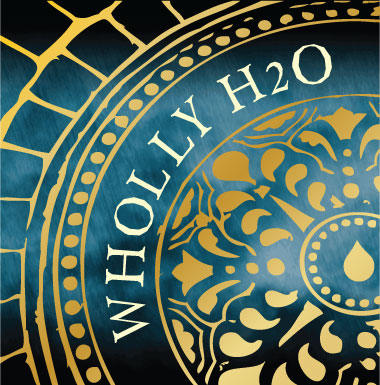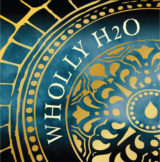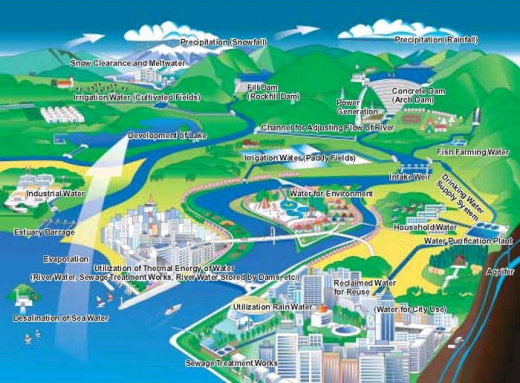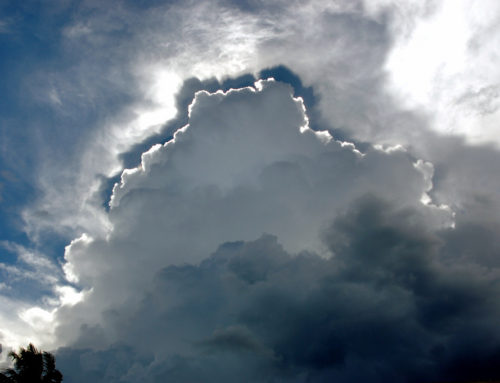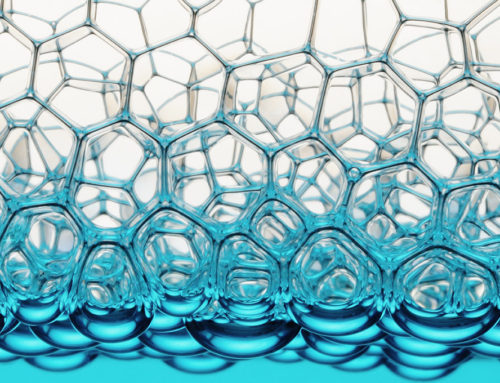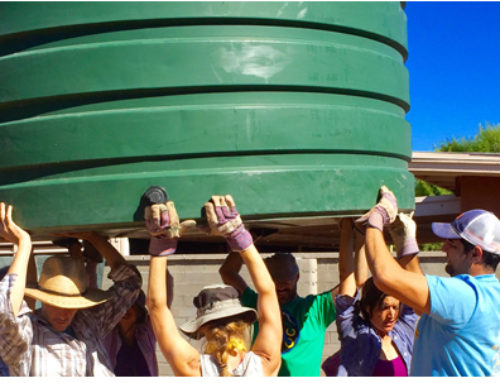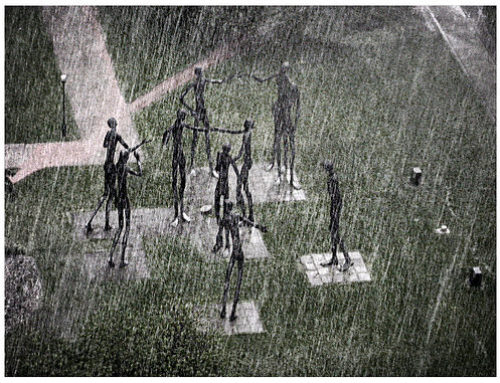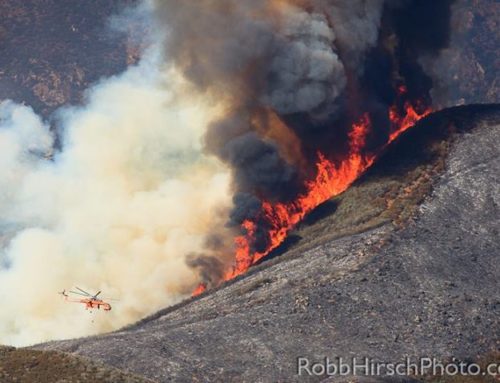-
Thinking about water management on the watershed scale is increasing populary. Really, how else would we think about water management? We are finally remembering to mimcik natural hydrology as much as possible to forster our most beneficial interaction with our ecosystems.Rather than fighting the flow, we are slowly returning to going with it.
Humans are an embedded element of watershed ecosystems, and in the modern, urban world, we often have to consider more than one watershed ecosystem in our daily lives. That’s because the inhabitants of most urban areas of California don’t get their water from their immediate watershed. For instance, San Diego primarily gets it’s water from the Colorado River Watershed(s), the City of Los Angeles gets a good deal of its water from the SF Bay Delta Watershed, in turn, San Franciso from the Tuolumne River Watershed, and the East Bay from the Mokelumne River watershed. Our daily actions impact these watershed ecosystems very directly.

But, we also live and work in watersheds. Personally, I use water from the Mokelumne River from my tap at home and at work in Oakland. Tap water is energy-intensive potable water delivered from and returned to EBMUD for treatment, in my case.
So, that’s one watershed. I live in the Derby Creek watershed and work in the San Antonio Creek watershed. So, now I am up to three watersheds. How I use tap water impacts the Mokelumne River watershed, and the Derby and San Antonio Creek watersheds. Given that I live right over Derby Creek, my impacts at home are direct, as are my own potential benefits.

If I let my irrigation run over the sidewalk and down the street, I am inappropriately wasting Mokelumne River water. But, I am also adding it, as polluted stormwater, to the Derby Creek watershed and the San Francisco Bay estuary. Do I capture rainwater and reuse graywater? Those practices decrease the amount of Mokelumne River water I use unnecessarily, given my “local” water supply of rain and gray water. But Localized water reuse practices also benefit the Derby Creek watershed by adding highquality rainwater to the groundwater as it seeps through my irrigation system into the ground.
The same is true of graywater, which is of a different quality, but beneficial for plants and then filtered by their roots and the soil as it makes it’s way down to the groundwater supply, bit by bit.
And, of course, the SF Bay Delta is just blocks away. Any stormwater I produce, any trash I throw on the street, and chemicals that I add from my house or car to the street – these all impact the Delta Watershed. So now I have four watersheds in my daily life.
The point is that we have the opportunity to consider the impacts of our behavior on numerous watersheds, and get into the groove of both conserving and reusing water as much as possible. Two upcoming events will give participatants a much greater insight into watersheds, their beauty, their ecology, their current pressures, and our management practices.
The good news is that my same good practices impact all watershed as do any of my irresponsible actions. The main consideration in identifying all the watersheds in my life is not having to juggle my behavior, but in learning about each watershed, and developing a personal relationship with each one. Yup, I am dating my watersheds!
And finally, while we are not promoting a specific product, it’s great to see that even phone apps are getting into watersheds. Here’s one that will tune you into the watershed you are in at any given time, and even allow you to contribute easily to it’s stewardship. Cool!
Creekwatch App
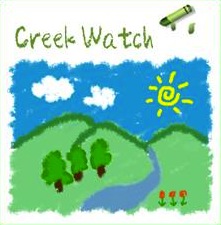
Creek Watch is an iPhone application that enables you to help monitor the health of your local watershed. Whenever you pass by a waterway, spend a few seconds using the Creek Watch application to snap a picture and report how much water and trash you see. We aggregate the data and share it with water control boards to help them track pollution and manage water resources. Created by IBM Research in partnership with the SWRCB’s Clean Water Team with whom the initial concept was developed, the Creek Watch iPhone app has over 4,000 users in 25 countries. The updated version of the app allows you to share your Creek Watch data with your Facebook and Twitter networks. Download it for free and try it out today – you’re just a few steps away from personally contributing to the protection of creeks and streams in your neighborhood. (Supported Languages: English, Chinese, French, German, Japanese, Spanish)
The Creek Watch App uses four pieces of data:
- The amount of water: empty, some, or full.
- The rate of flow: still, moving slowly, or moving fast.
- The amount of trash: none, some (a few pieces), or a lot (10 or more pieces).
- A picture of the waterway.
http://creekwatch.researchlabs.ibm.com/ http://itunes.apple.com/us/app/creek-watch/id398420434?mt=8
If you’d like to find your watersheds in California, look here:
CA Statewide Watersheds:http://www.ca.nrcs.usda.gov/features/calwater/calwatershedsmap.html
Entire and Individual SFBay Area: http://museumca.org/creeks/MapOak.html
San Francisco: http://sfwater.org/mto_main.cfm/MC_ID/14/MSC_ID/361/MTO_ID/565
Sacramento River: http://mappery.com/Sacramento-River-Watershed-Map
Los Angeles: http://www.lamountains.com/pdf/Ahmanson_watershed.pdf
San Deigo: http://www.projectcleanwater.org/html/watersheds.html
CA Watershed Portal: http://cwp.resources.ca.gov/calw_browse.php#
